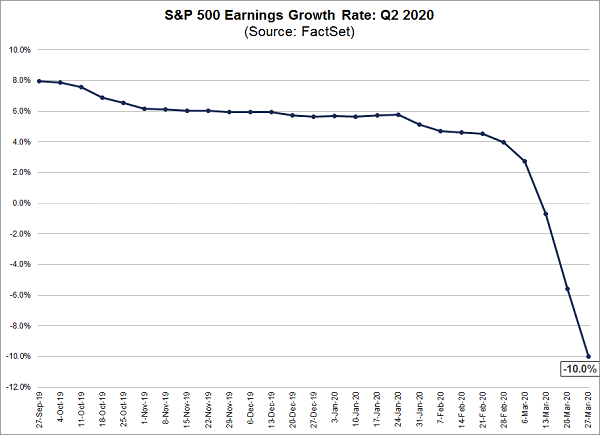Tech stocks have finally taken a breather—and we’re going to pounce on this dip—and grab a rare “double discount” while we’re at it.
The strategy we’re going to use also lets us “squeeze” the biggest tech names for payouts that are unheard of in the sector—I’m talking yields up to 6.3%.
Mom’s Coupon-Clipping Goes High-Tech
This approach is an ode to my mom who, to this day, refuses to pay the sticker price. If there’s a coupon to be found, she’ll find it and find another coupon to secure a double discount—even if it requires management approval to apply!

The dividend equivalent of the back-to-back coupon is buying discounted closed-end funds (CEFs) after a pullback, and that’s exactly the setup we’ve got in tech now.… Read more





Recent Comments